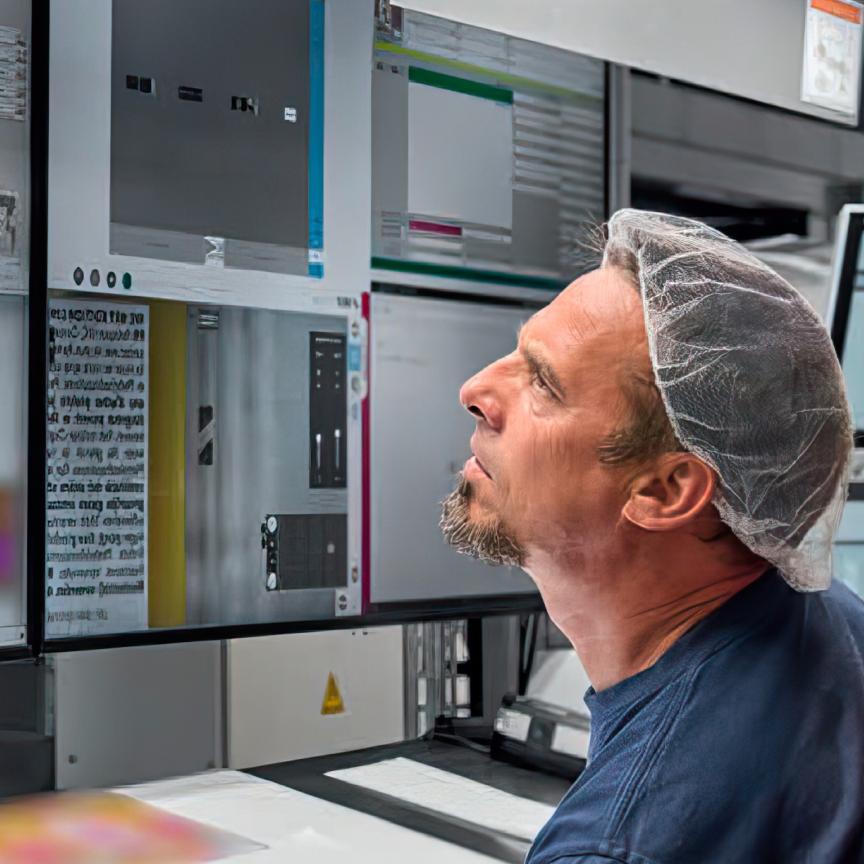Line scan cameras are usually used for inspections of round or rotating objects or for long or continuous materials. They provide a high resolution in the x-direction and enable a high inspection speed. When a line scan application is being set up, however, there are two shortcomings: First, it is more difficult to focus than for area applications, and second, the number of required components makes line scan camera applications complex, and therefore, more expensive. In other words, it is primarily CameraLink (CL) and CoaXPress (CXP) that are used as interfaces for image transmission. Although these offer an enormous bandwidth, they require the host computer to have a frame grabber with the right features for the line scan camera. No wonder when users want simplification and user-friendly standard interfaces. For its USB3 and GigE Vision industrial cameras with Global Shutter Pregius area sensors from Sony, MATRIX VISION now provides a solution here with the new BlockScan mode.
The idea behind mvBlockScan
MATRIX VISION industrial cameras are usually equipped with an FPGA and have an image memory. When both are used correctly, they can serve as the basis for many smart features. In the case of mvBlockScan, the FPGA enables acquisition of area of interest (AOI) blocks consisting of multiple lines. Then the FPGA combines the AOI blocks into a complete image, which is then transmitted. In the process, the user can choose how many blocks should make up a complete image. Transmission of a complete composite image minimizes the overhead that would otherwise result from the transfer of AOI blocks as individual images using the transfer protocol.
mvBlockScan provides yet another advantage: Area scan cameras at the same line frequency are less expensive than line scan cameras.

